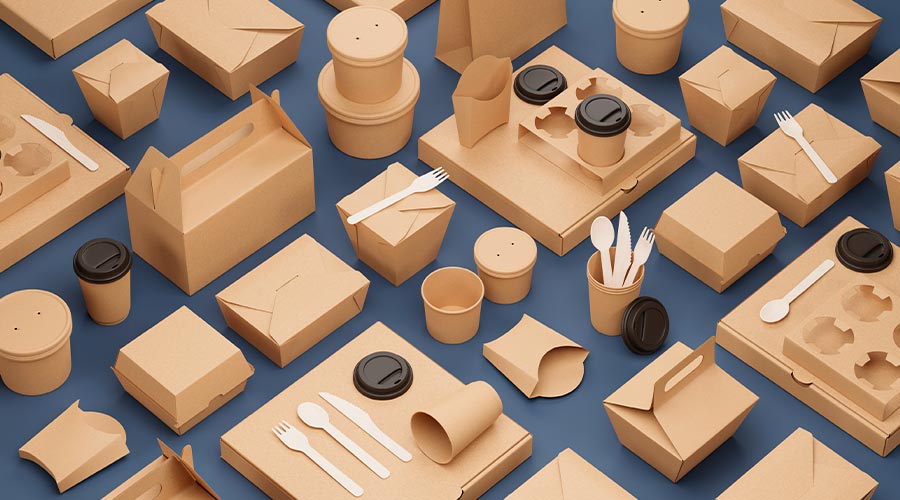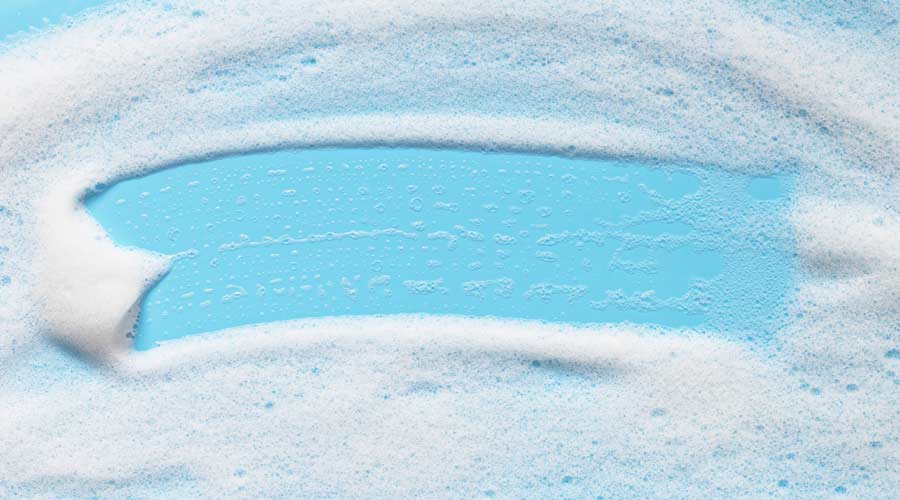
William S. Burroughs is famously quoted as saying, “When you stop growing you start dying.” Many economists believe this to especially be true for businesses. For Sanitary Maintenance readers, this means diversifying and selling more than just jan/san products. For most, selling food service disposables is a logical segue into new business because it utilizes existing relationships with jan/san suppliers.
"Many of our paper suppliers also manufacture to-go containers, cutlery, napkins, cups, lids, bags, and trays," says one Wisconsin-based distributor. "This allows us to utilize existing relationships to dip our toe into new offerings and potentially new customers."
These new customers are coming with questions. Driven by increasing awareness and a growing focus on environmental responsibility, end-user customers are starting to value and prioritize more eco-friendly food service options. To help distributors field such questions and to discuss trends, Sanitary Maintenance sat down with Lara Seng, Senior Manager – Sustainability Field Support at Sodexo.
Sanitary Maintenance: How are consumer trends to reduce single-use plastics influencing the shift towards more sustainable packaging, and how should jan/san distributors position themselves to help their customers comply?
Seng: Sodexo developed a dynamic step-by-step packaging selection guide to help operators walk through and determine the most circular solutions for their site with an emphasis on reduction and reuse.
That said, reusable packaging is of interest to many of our clients and consumers as it reduces waste and reduces the impacts associated with single-use packaging. However, there are a number of operational and cost considerations, and it may not be feasible for all sites. If disposable packaging is needed, we seek to align with available waste streams as much as possible.
SM: What challenges do end users face when transitioning from traditional disposables to sustainable alternatives?
Seng: The higher cost of alternatives to conventional [food service] products remains a barrier, especially for certain sectors.
SM: How can jan/san distributors effectively educate their customers on the environmental benefits of sustainable disposables and help them make informed purchasing decisions?
Seng: To address the environmental and health issues related to packaging, Sodexo is developing a comprehensive food service packaging approach. There is no simple solution due to variability in waste infrastructure, regulation, and operational needs, and the trade-offs across criteria such as climate, water, and health concerns are often present between materials.
Collaboration across the value chain is required to tackle systemic challenges. To that end, Sodexo has been engaged in the ongoing development of the Understanding Packaging Scorecard. The UP Scorecard enables sustainable packaging decision-making by providing science-based, easy-to-understand scores across key categories, which allows users to prioritize action areas such as climate, health, or recoverability, understand trade-offs across categories, or consider the overall impact of packaging choices.
SM: How important is third-party certification for sustainable food service packaging, and how can distributors leverage these credentials in their sales strategies?
Seng: Third-party certifications such as those from the Forest Stewardship Council and Sustainable Forestry Initiative are valuable in verifying sourcing practices. Composting certifications such as Biodegradable Products Institute or Compost Manufacturer’s Alliance verify claims and may be required by waste haulers. The certification can also inform consumers of how to dispose of the product, which can often be confusing thus resulting in contaminated waste streams. The new PFAS-Free Certification is valuable particularly in regions with regulations related to PFAS, but can also address consumer concerns about PFAS.

 The Down and Dirty on Cleaning in Virus Season
The Down and Dirty on Cleaning in Virus Season How Surfactant Use is Expanding in Commercial Cleaning
How Surfactant Use is Expanding in Commercial Cleaning Maximize Your Margins: Learn How to Automate Pricing and Track Rebates
Maximize Your Margins: Learn How to Automate Pricing and Track Rebates